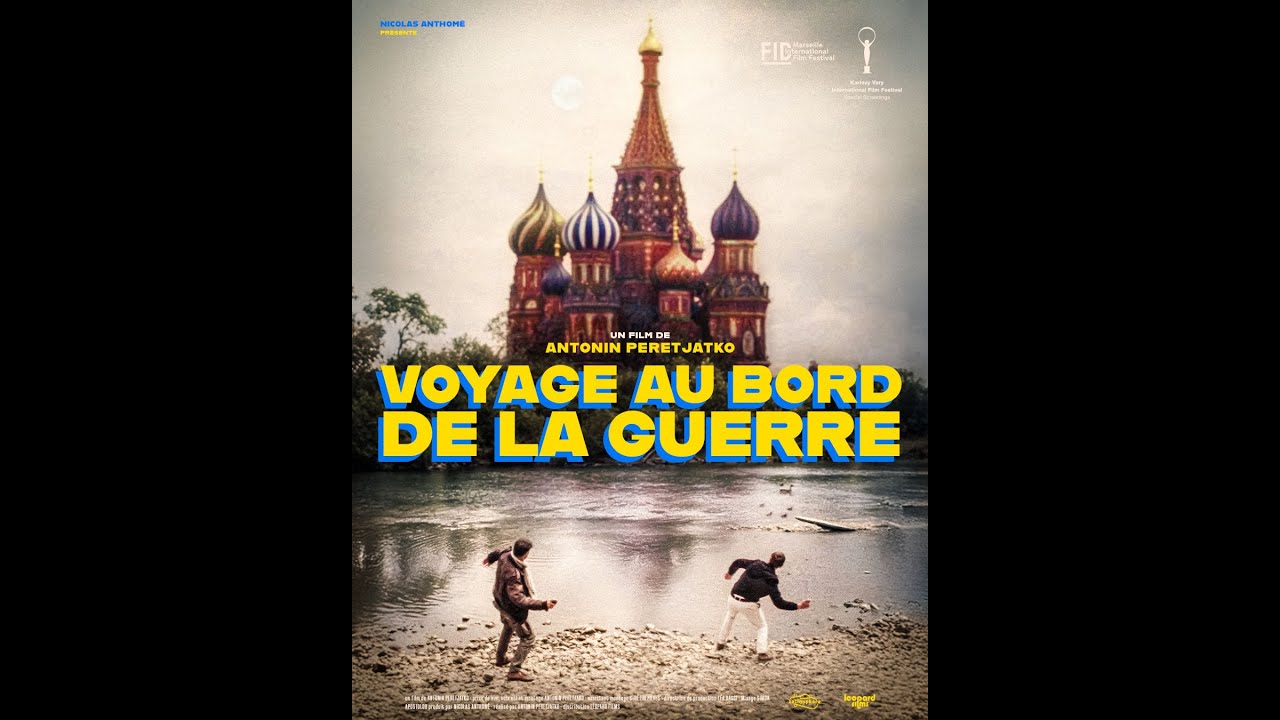
Richard Linklater is set for a remarkably active 2025. The director known for Boyhood and Before Sunrise is showcasing not one but two films at the festival circuit. Both feature prominently at the New York Film Festival, honoring real-life artists from music and cinema.
Blue Moon, the first of the duo to arrive in theaters, serves as a biographical account of American lyricist Lorenz Hart, who was the creative collaborator of Richard Rodgers. Linklater’s second film this year, Nouvelle Vague, similarly pays homage to the French New Wave movement and Jean-Luc Godard’s initial feature, Breathless (À bout de souffle).
Linklater’s admiration for Breathless and the whole French New Wave is apparent in every shot. However, does this passion occasionally hinder Nouvelle Vague?
What is Nouvelle Vague about?
Set in 1959 Paris, the French New Wave movement is thriving. Critics from Cahiers du Cinéma like François Truffaut (Adrien Rouyard) and Claude Chabrol (Antoine Besson) have made their directorial debuts, prioritizing auteur-driven films. Among them, Jean-Luc Godard (Guillaume Marbeck) is eager to produce his first feature. According to him, the only way to truly critique cinema is to create one.
Godard finally seizes his opportunity with Breathless, which narrates the tale of criminal Michel Poiccard and his love for an American woman, Patricia. Although the film has become one of the most impactful examples of the French New Wave, its production was quite tumultuous. Filmed on a modest budget in just 23 days (Nouvelle Vague reduces this to 20), Godard essentially improvised throughout the process, much to the displeasure of producer Georges de Beauregard (Bruno Dreyfürst) and American actress Jean Seberg (Zoey Deutch). Linklater artistically reinterprets this chaos, detailing the film’s path from conceptualization to post-production.
Nouvelle Vague pays homage to the French New Wave without being a direct imitation.
To immerse viewers in the essence of the French New Wave, Linklater incorporates several stylistic elements. The narrative is largely told in French, shot in black and white with a 4:3 aspect ratio, and features film grain to evoke a vintage atmosphere.
However, Linklater does not strictly replicate the filmmaking methods that Godard developed while creating Breathless, such as jump cuts. Instead, he emphasizes enlightening the audience on how Godard arrived at these techniques. For the guerrilla-style filming on the streets of Paris, Linklater introduces a faux mail cart that concealed the handheld camera of Breathless, along with cinematographer Raoul Coutard (Matthieu Penchinat). For the lengthy walk-and-talk sequences in Breathless, Linklater closely follows stars Seberg and Jean-Paul Belmondo (Aubry Dullin) as they wander through the Champs-Élysées. His main attention here isn’t focused on Godard’s filming approach, but rather on his strategy to dub over the dialogue of Seberg and Belmondo during post-production. Rather than sticking to their characters, the actors muse about what the remainder of the shoot will entail.
This emphasis on the creative process drives Nouvelle Vague, providing a heartfelt glimpse into the film’s production challenges and triumphs. Yet, the film’s genuine strengths reside not in Linklater’s interpretation of Godard’s technique, but in Linklater’s own prowess as the champion of the hangout film. While witnessing Godard orchestrate a scene in real-time is captivating, if you’ve watched Breathless, you’re already familiar with these moments. You know how they unfold!
What’s truly fascinating are the interludes between takes: the crew relaxing at a café, Seberg instructing Belmondo in American dance styles, Godard enjoying a game of pinball. These moments offer deeper insights into the characters as individuals, beyond the iconic figures of the French New Wave they would ultimately become.
Marbeck’s portrayal of Godard shines brightly. With eyes often obscured by sunglasses and a cigarette perpetually between his lips, Marbeck presents Godard as a mixture of brilliance and childishness. Consequently, Nouvelle Vague appears to be both respectful and amused by Godard’s extensive, often convoluted philosophical discussions on filmmaking. This blend allows Linklater to infuse a sense of lightness into Nouvelle Vague’s numerous production sequences while honoring the visionary behind Breathless.
At times, Linklater’s admiration can overshadow Nouvelle Vague.
Yet, there are moments when this respect for Breathless can overwhelm Nouvelle Vague, negatively impacting it. Linklater and screenwriters Holly Gent and Vincent Palmo, whose script